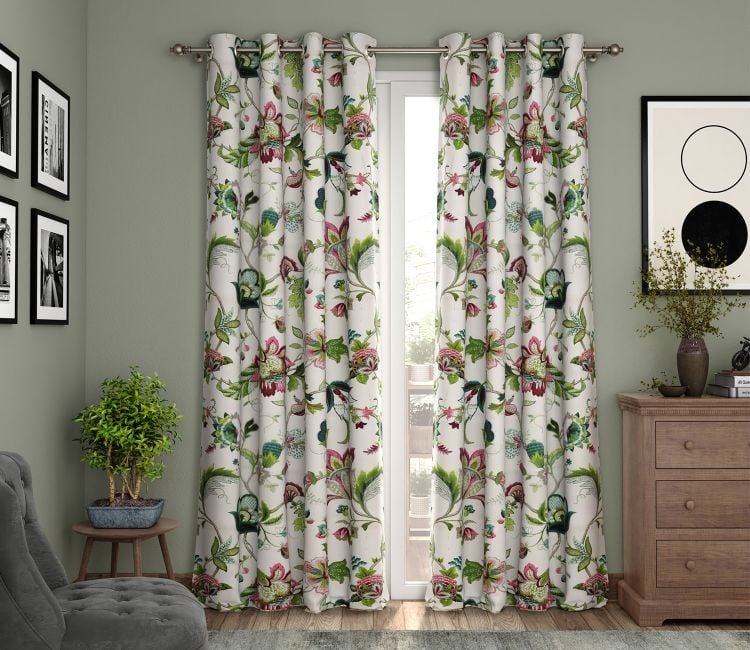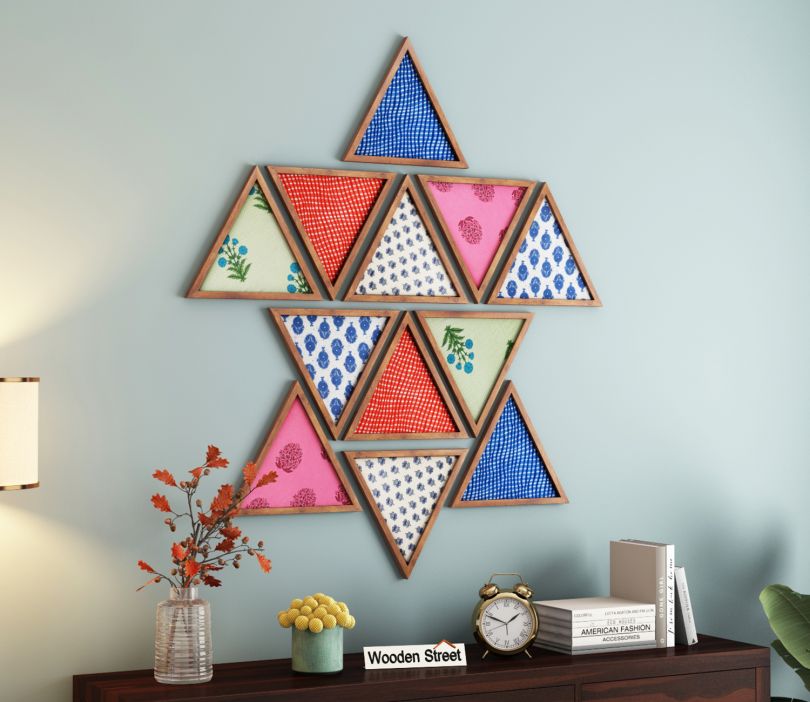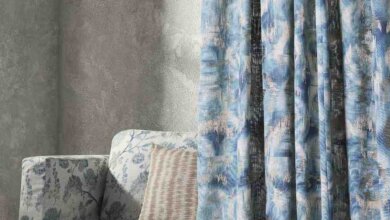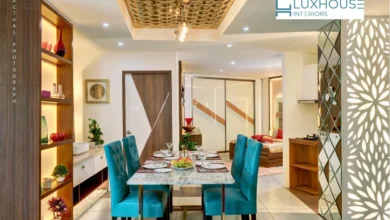Wall Art Ideas That Add Character
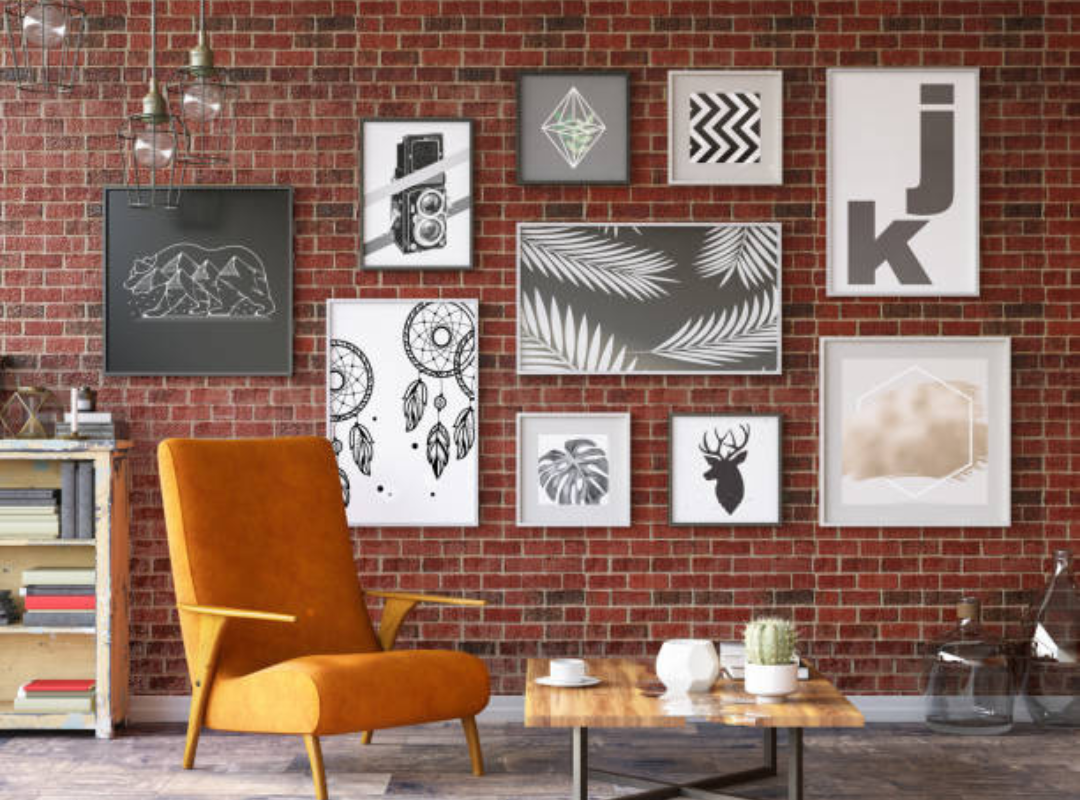
When you walk into any room, one of the most impactful ways to transform the space without a full renovation is through the use of wall art. Carefully selected pieces communicate personality, style, and emotion, turning a blank wall into a storytelling canvas. In this introduction, we explore how choosing the right art can inject warmth, style, and visual interest. Whether you’re drawn to abstract prints, framed textiles, or sculptural pieces, installing artwork thoughtfully makes a notable difference. Moreover, cohesive pairing with existing décor helps create a layered, lived‑in feel that is both refined and inviting. From gallery walls to oversized singular statement pieces, each idea can add depth and character to spaces such as living rooms, hallways, bedrooms, and even kitchens. Before diving into specifics, consider room proportions, lighting, and color harmony to ensure that each art installation feels balanced and purposeful.
Choosing Colors and Textures for Impact with Wall Art
Selecting colors and textures plays a crucial role in how wall art interacts with your surroundings. Complementary hues can enhance existing tones in upholstery, rugs, or cushions. For instance, if your sofa is navy, choose art with mustard or soft peach to pop. Additionally, textured art, such as heavy brushstrokes, layered papers, or even woven fibers, brings tactile richness to flat walls. In particular, mixed media pieces provide visual intrigue, while canvas prints offer smoother finishes. When properly balanced, the juxtaposition of glossy frames with matte backgrounds can create subtle tension that adds depth. Importantly, moderate use of color ensures the art elevates without overwhelming, giving each room character without chaos. Thus, thoughtfully matched shades and surfaces help your walls speak volumes.
Gallery Walls That Tell a Story
Creating a curated gallery wall is an excellent way to display personality and narrative in any space. By combining prints, photographs, mirrors, small tapestries, and sculptural accents in asymmetrical arrangements, a gallery wall becomes more than decoration; it’s a visual biography. Start by laying everything out on a clean floor to test spacing and balance, then align pieces around a visual axis such as a fireplace or hallway console. Mixing frame sizes, finishes, and orientations keeps things dynamic. Use a cohesive motif like botanical sketches, travel photography, or abstract line drawings to unify disparate pieces. Above all, gallery walls allow flexibility: you can rotate selections, add new acquisitions, or swap seasonal art without disrupting the whole. This approach makes every glance feel fresh and personal.
Large Statement Pieces for Bold Character
Sometimes a single large piece delivers more personality than many small ones combined. A bold abstract painting, oversized portrait, or panoramic landscape can command attention and anchor a room. When your ceiling height or wall area allows, an oversized artwork delivers drama and scale. However, placement matters: hang it at eye level aligned with furniture lines, and ensure proper lighting to avoid glare. Additionally, oversized artworks especially work well above sofas or beds, serving as a natural focal point. It’s also possible to pair a big statement piece with smaller complementary items nearby, for instance, placing two sculptural wall sconces or narrow floating shelves flanking the art. This approach frames the piece while emphasizing the character it brings.
Incorporating Unique Finds and Textiles
Incorporating unexpected pieces such as woven baskets, vintage rugs, or hand‑crafted macramé adds texture and cultural richness to your walls. Unlike framed prints, textiles offer warmth, movement, and relief from rigid geometry. These items often carry history, whether handcrafted or sourced from different regions, giving your space authenticity. Arranging a group of small woven pieces or a single large kilim rug provides rustic layering and visual softness. When combined with minimalist décor or sleek furniture, these tactile wall art ideas bring balance and character, revealing thoughtful craftsmanship. Moreover, if you’re exploring local vendors or artisans, pairing these wall pieces with complementary luxury home items in Wiggins ensures cohesive styling throughout your interior design journey, perhaps in a showroom or curated collection, integrating rich textures and refined functionality seamlessly.
Tips for Harmonizing Wall Art with Room Aesthetics
Once you’ve selected your art, ensuring it harmonizes with existing décor is key to cohesive design. Pay attention to scale; small pieces can feel lost on large walls, and vice versa. Measure ahead to choose appropriate dimensions. Secondly, consider color temperature: cool-toned art enhances minimalist or modern rooms, while earth-toned or golden-hued pieces warm up neutral, Scandinavian, or transitional interiors. Additionally, lighting matters: adjustable picture lights, track lights, or even well-positioned floor lamps can cast soft illumination that brings out details. Grouping several smaller artworks under one continuous frame or on a floating ledge can create the illusion of a single larger piece. Such solutions retain balance without overcrowding. Finally, mixing old and new vintage prints with modern abstract canvases fosters an eclectic yet curated environment, perfect for adding meaningful character.
Seasonal and Rotating Displays
To keep your environment lively, consider rotating wall displays seasonally or whenever inspiration hits. This practice keeps the design fresh while allowing you to feature new art, memories, or travel finds. Use lightweight frames with interchangeable backs or install rails for ease of switching. Transitioning from soft pastel prints in spring to richer, darker tones in autumn subtly shifts the mood. You might also rotate between framed art and sculptural pieces to alter texture flow. Significantly, rotating displays prevent stagnation and allow your living space to evolve with your style. Whether you switch annually or biannually, dedicating a small wall to ever-changing artwork enriches character and keeps daily surroundings engaging.
Practical Considerations for Installing Wall Art
Before hanging art, practical planning ensures longevity and safety as well as aesthetics. Use proper hanging hardware anchors for drywall, masonry screws for brick, or museum wire for heavier pieces. Balance decor and safety: in high‑traffic areas, ensure frames are secured firmly to avoid accidents. Additionally, assess wall moisture or sunlight exposure; certain artworks benefit from UV‑protected glass or glare‑reducing acrylic. In humid rooms, opt for moisture‑resistant materials like sealed canvas or laminated prints. It’s also wise to plan furniture placement so art doesn’t get blocked or overshadowed. Maintenance matters too: dusting, light cleaning, and checking hardware periodically preserve both the work and the wall. Thoughtful installation ensures the wall art continues to look intentional and integrated over time.
Matching Wall Art to Lifestyle and Personality
Ultimately, the best wall art aligns with your lifestyle and personal identity. For those who travel frequently, framed maps or photography from favorite destinations carry emotional resonance. In households with children, consider laminated posters or custom family prints that can be replaced as interests evolve. For collectors or art lovers, rotating pieces from local artists or studio prints reflects creativity and support for makers. In multi–generational homes, combining heirloom pieces with contemporary art can bridge traditions and modern sensibilities. Live biology lovers might choose botanical prints or nature‑inspired abstracts, while modernists lean toward minimal geometry. When your environment reflects who you are, walls truly become living narratives.
Conclusion
In summary, thoughtfully curated wall art can profoundly shape the character and mood of your home. From gallery walls that narrate personal stories to sizable statement pieces that anchor spaces, each idea contributes uniquely. Integrating textures like woven textiles or ethnic rugs adds warmth, while rotating displays maintain freshness. Plus, when pairing art with carefully chosen accent décor, such as coordinating with luxury home items, your overall style feels holistic and refined. By considering scale, color, lighting, and installation details, your chosen pieces remain impactful and harmonious across seasons. Embrace art as more than decoration, as a visual expression that enriches daily life and reveals personality in every room.

